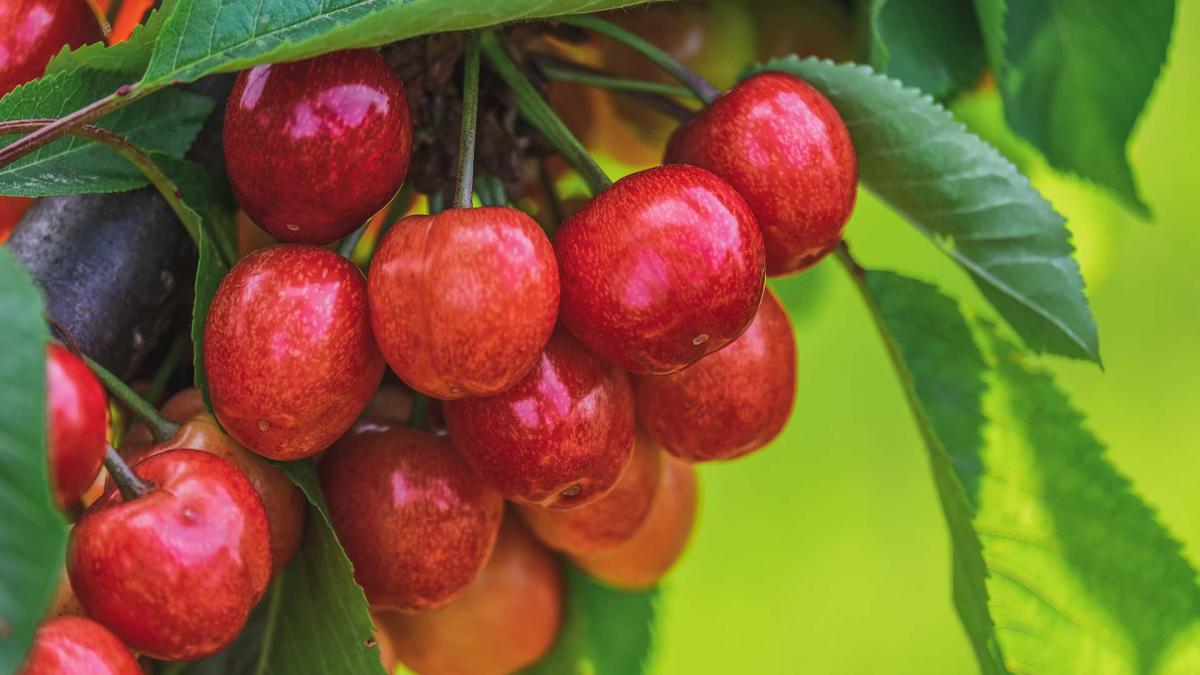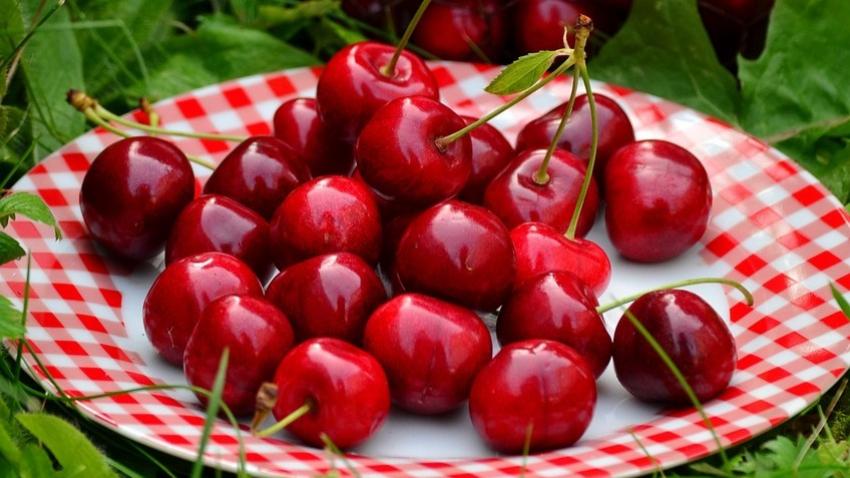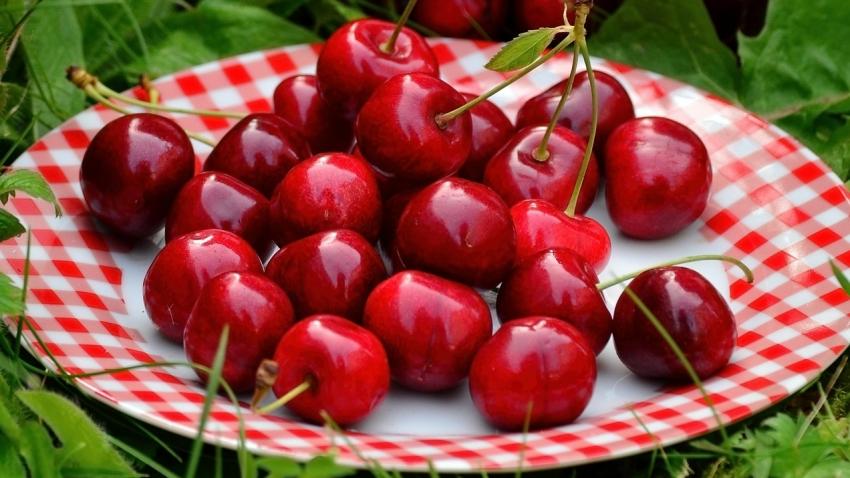You are here
Back to topBright Prospects for China’s Cherry Industry

Chinese Cherry Production
The Chinese cherry industry has developed rapidly over the past few years, with the planting acreage continuously expanding. Chinese cherries were first grown in Yantai prefecture in East China’s Shandong province, and production has since expanded to other areas, such as Liaoning, Shaanxi, Shanxi, Gansu and Hebei provinces.
Among these growing areas, Shandong still maintains the lead in terms of cherry planting acreage and production volume. Dalian, located in Liaoning province, takes second place with its high-quality cherries, which have even been exported to other countries such as Malaysia.
Technological Development
Cherry cultivation techniques within China have become more developed and diversified. A combination of greenhouses, refrigerated facilities and open-field planting has allowed the cherry harvesting period to begin as early as February each year and continue until August.
The look and taste of Chinese-grown cherries have also improved owing to the enhanced planting technology and management techniques. In addition, expanded cold chain logistics networks have resulted in Chinese cherries gaining increased market awareness throughout the country.
In order to learn more about the Chinese cherry industry, Produce Report interviewed Wang Haishen of Beijing Longyuan Shenda Business and Trading.
Cherry Greenhouses
Longyuan Shenda has had a longstanding relationship with cherry producers in Dalian. This season, cherries grown in Dalian’s greenhouses began to hit Beijing markets in small quantities in February.
At that time, the limited supply led to prices as high as 300 Chinese yuan per jin ($92 per kilogram). As the production season continued, the increased availability caused prices to fall to approximately 100–200 yuan per jin ($31 to $62 per kilogram). Tieton (美早) cherries are the primary variety cultivated in greenhouses, the price of which has fallen to approximately 100 yuan per jin ($31 per kilogram) or less.
Despite this, cherries are still in short supply. Wang stated that severe weather early in the season had an impact on the output of cherry greenhouses, with outdoor temperatures in northern China falling as low as −30 degrees Celsius.
Fortunately, no visible frost damage was discovered after the severe weather events had ended and the open-field cherry trees are expected to blossom well. As a result, the open-field cherry production volume is forecast to increase by 20% or more.
Luckily, weather conditions have remained excellent. Combined with advanced planting management techniques and technologies, this season’s cherries are predicted to be of high quality.
Open-Field Production

Dalian’s greenhouses will continue producing cherries until early May, whereupon open-field cherry trees will gradually begin to ripen. According to Wang, a larger number of cherry varieties can be cultivated outdoors. These include Red Light (红灯), Yellow Honey (黄蜜), Russia No. 8 (俄罗斯8号), Summit (萨米脱) and Xian Feng (先锋).
Among these, Summit cherries are the highest quality, with their large size and excellent taste. These cherries will start to reach markets in late May and remain available until the end of June. Other open-field varieties will be available until August.
Following the rapid expansion of Chinese open-field cherry planting acreage, production volume will also increase. It is anticipated that this increased supply will lead to a gradual decrease in prices. Open-field cherry planting acreage in Dalian has already hit 100,000 mu (16,474 acres), while enclosed greenhouse acreage has surpassed 10,000 mu (1,647 acres).
Chinese Consumer Demand
From a macroeconomic perspective, Chinese demand for domestically produced cherries remains high. Take Longyuan Shenda as an example. Since March, consumer demand for cherries has maintained a steady upward trend. Every day, Longyuan Shenda supplies approximately 20,000 boxes of cherries, totaling about 5,000 metric tons every two months.
Future Growth
The quality of Chinese-produced cherries has been continuously improving owing to large-scale, scientific and standardized planting techniques. Additionally, an enhanced cold chain transportation network has ensured that cherries always arrive at their destination in the best possible condition. This rapid transportation network, combined with a wide array of cherry varieties, is the key advantage of Chinese cherries. Owing to these factors, the Chinese cherry industry is believed to have good prospects for future development.
Images: Pixabay
This article was translated from Chinese. Read the original article.















Add new comment